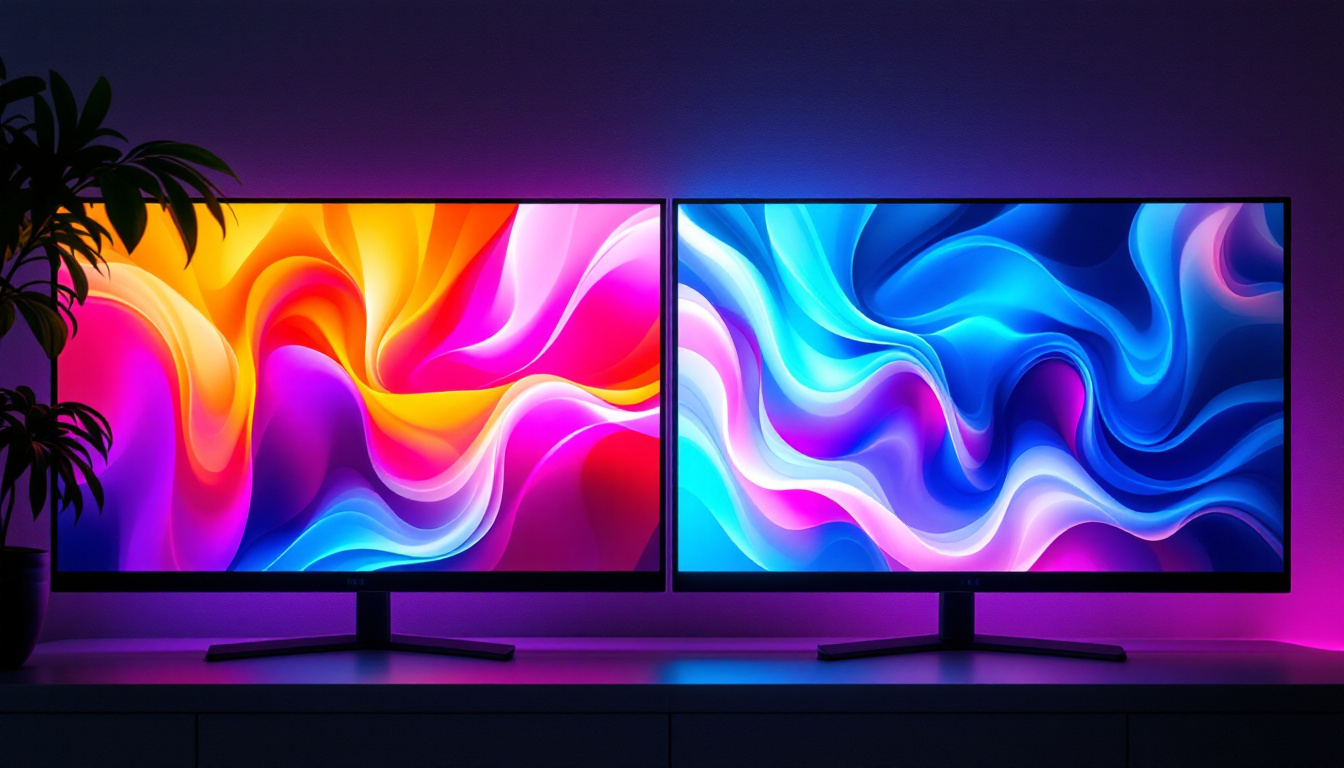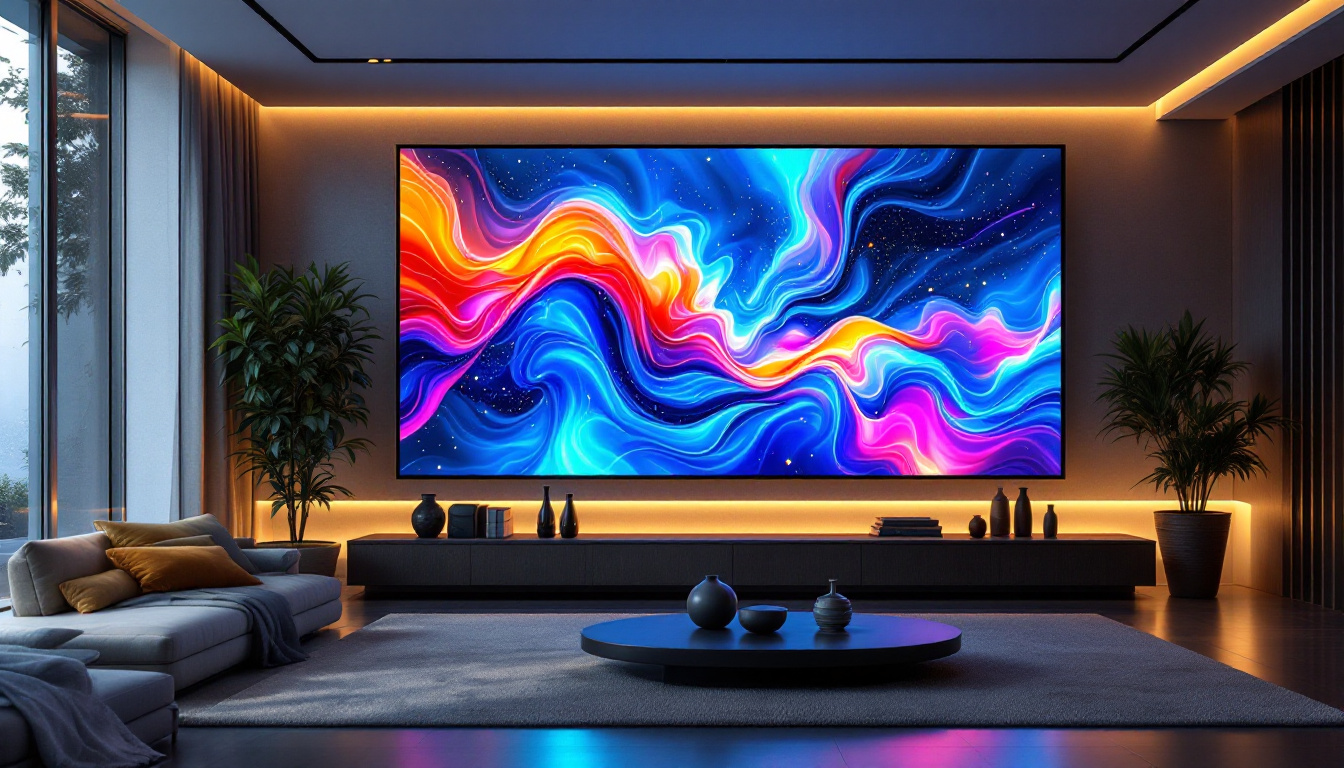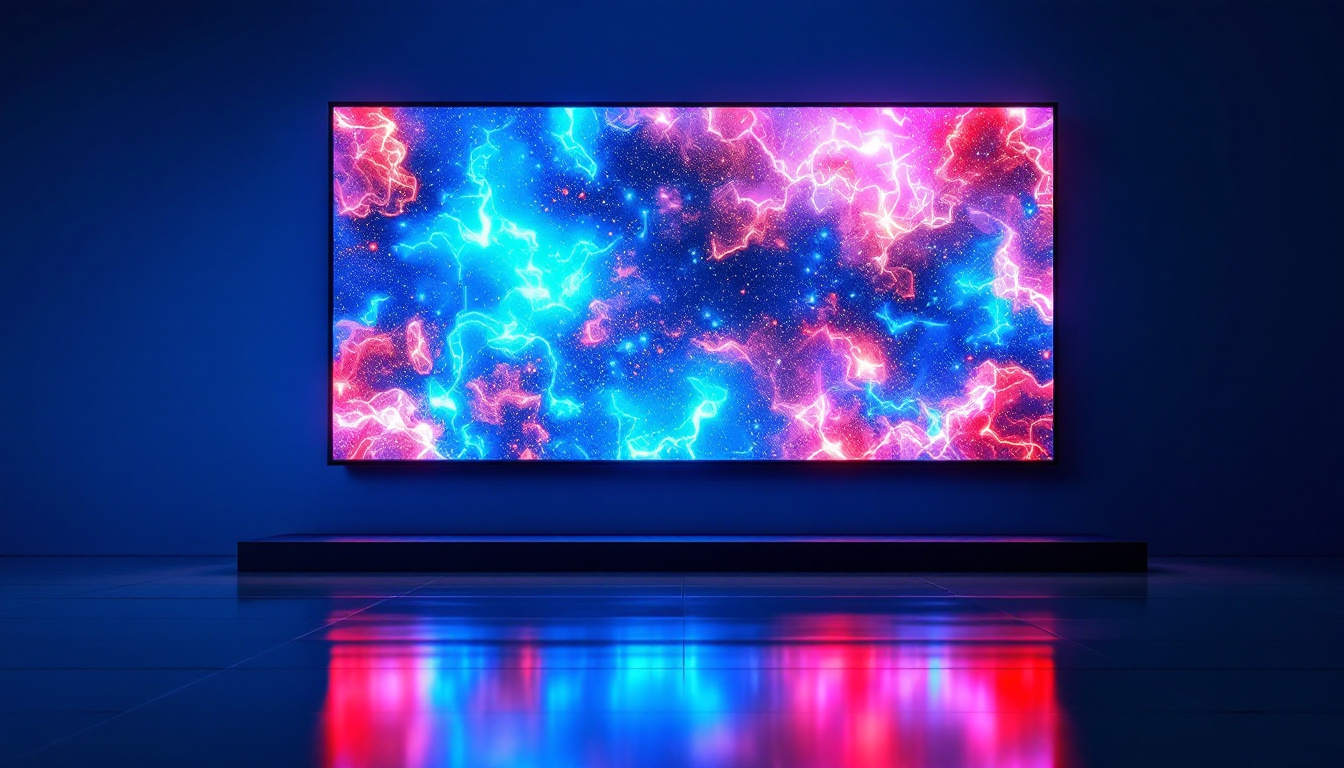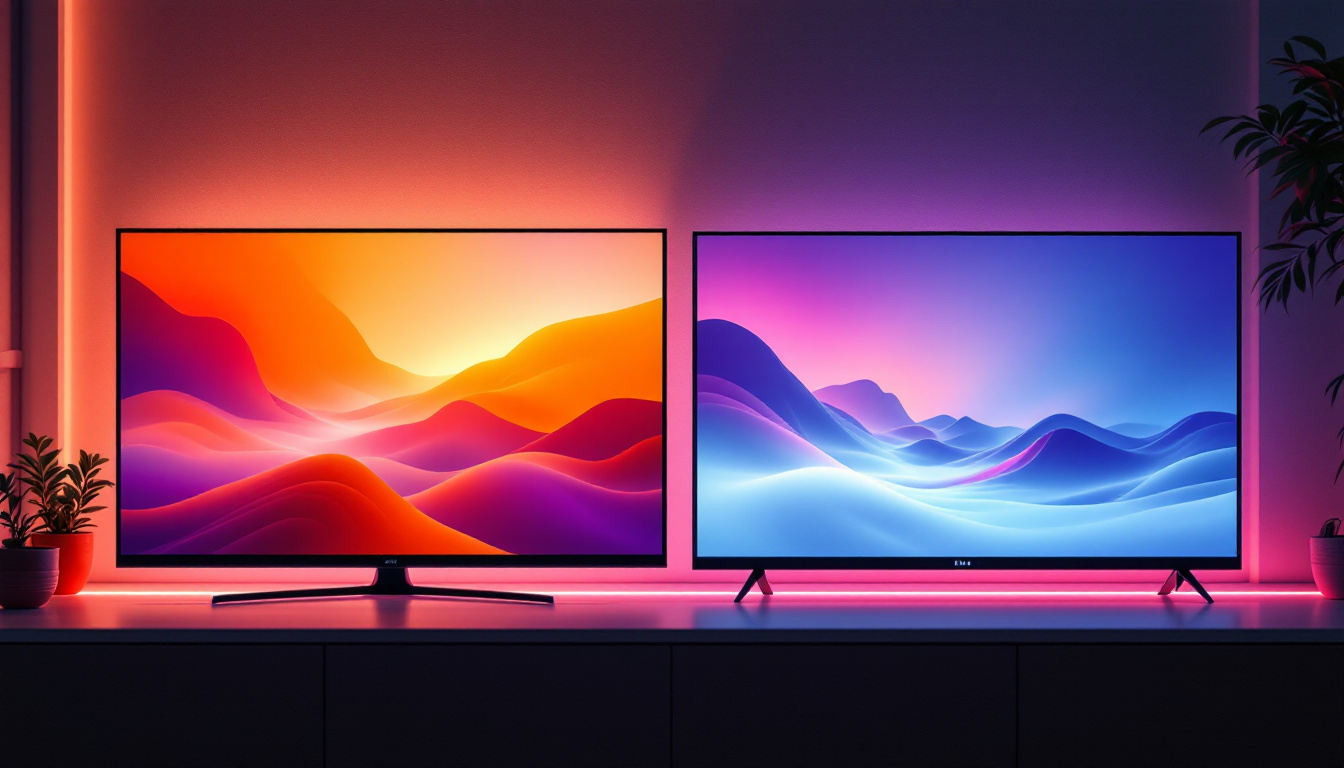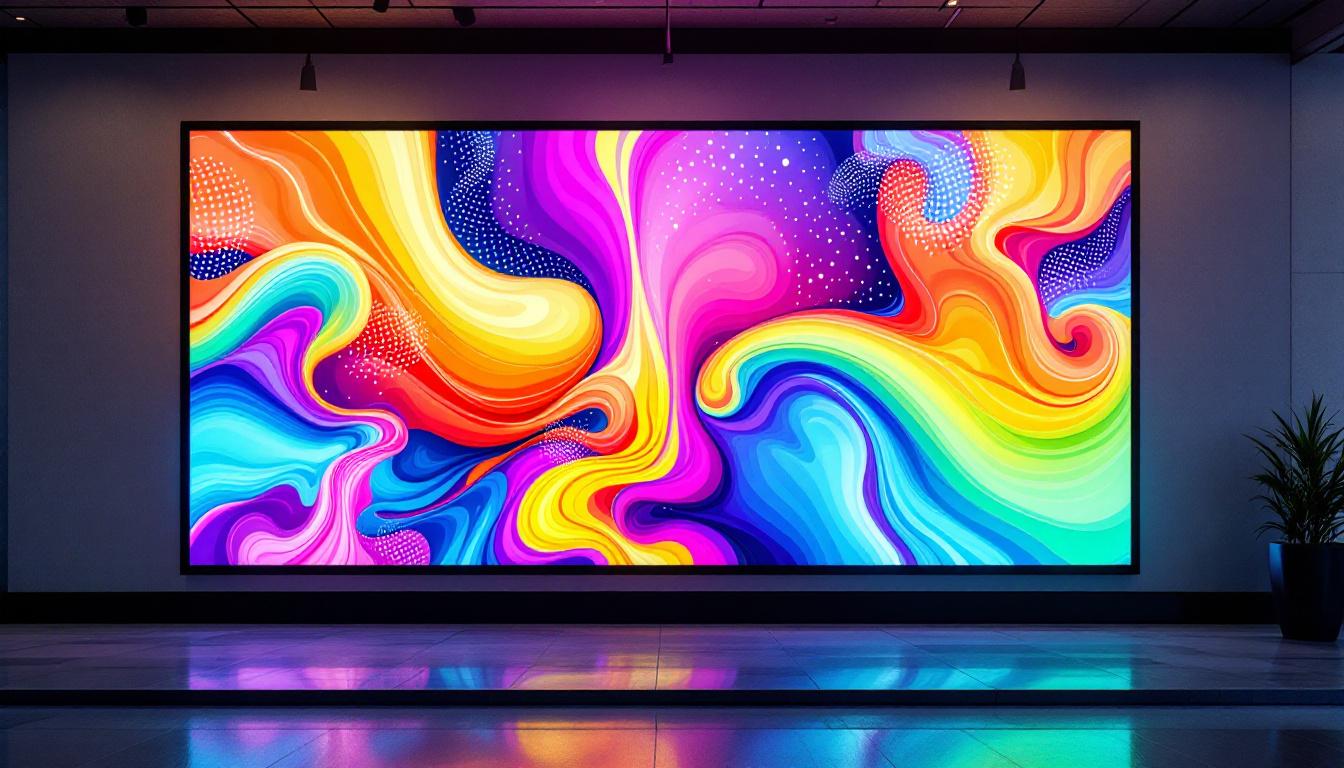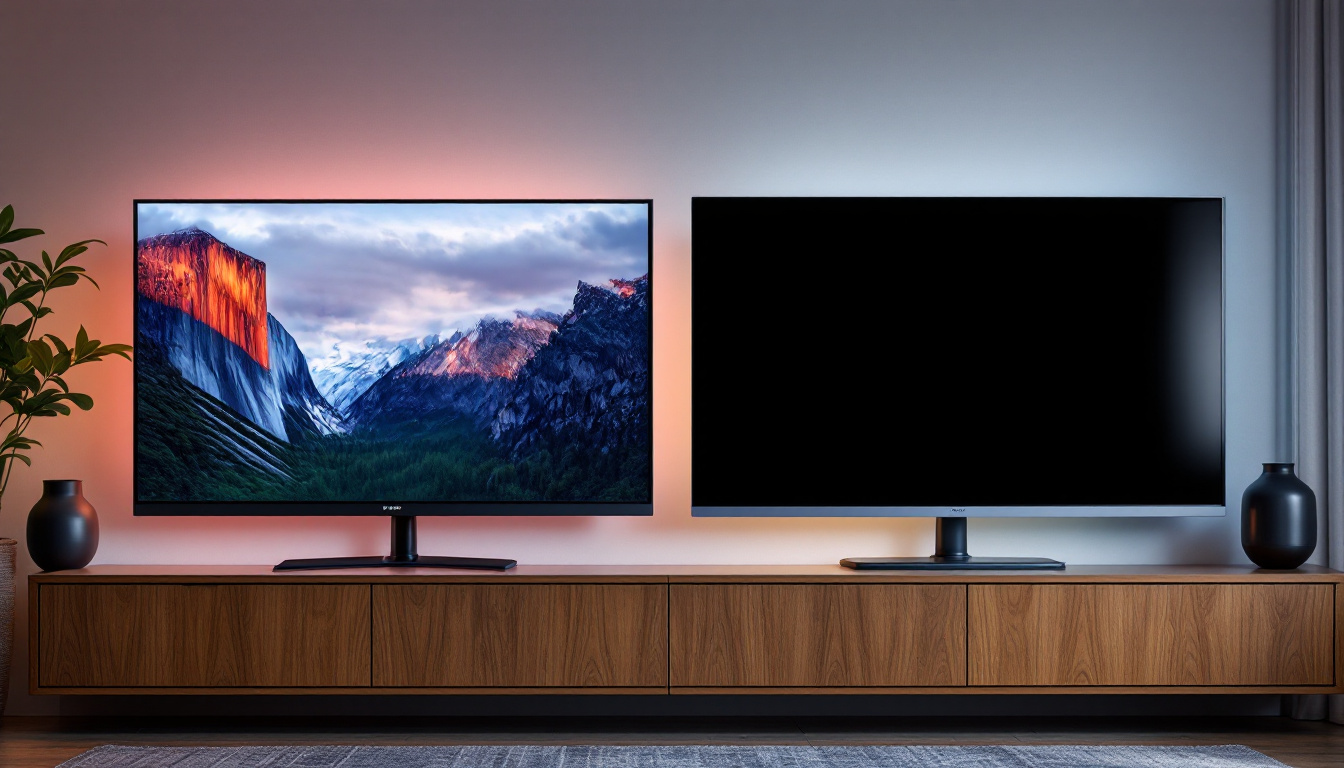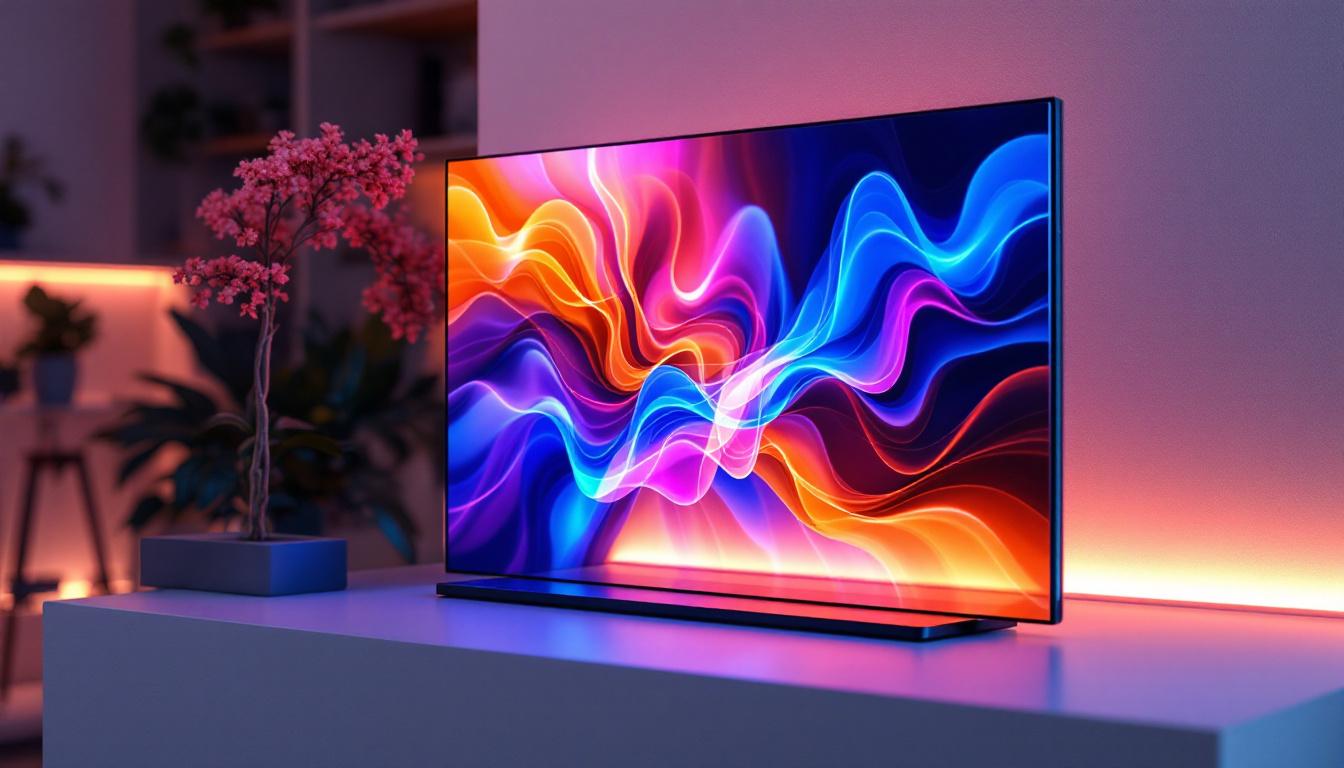Is LED Or LCD Better: LED Display Explained
In the world of modern displays, the terms LED and LCD often come up in conversations regarding television and monitor technology. While many people use these terms interchangeably, they refer to different technologies. Understanding the distinctions between LED and LCD can help consumers make informed decisions when purchasing a new display. This article delves into the intricacies of LED and LCD technologies, comparing their features, advantages, and disadvantages.
Understanding LCD Technology
LCD, or Liquid Crystal Display, is a technology that utilizes liquid crystals to modulate light. These displays are made up of a panel of liquid crystals sandwiched between two layers of glass or plastic. When an electric current passes through the liquid crystals, they align in such a way that they either block or allow light to pass through, creating images on the screen.
How LCD Works
LCDs require a backlight to illuminate the liquid crystals, as they do not emit light on their own. Traditionally, this backlight was provided by fluorescent lamps, but advancements in technology have led to the use of LED backlighting in many modern LCDs. This combination is often referred to as LED-LCD, which can create confusion among consumers.
The liquid crystals in an LCD display control the intensity of light that passes through them, allowing for the creation of images. The color is produced by using filters that allow specific wavelengths of light to pass through, resulting in a full-color image. This technology is widely used in televisions, computer monitors, and smartphones.
Advantages of LCD Displays
LCD displays have several advantages that contribute to their popularity. One of the primary benefits is their thin and lightweight design, making them easy to mount on walls or transport. Additionally, LCDs typically consume less power than older CRT (cathode ray tube) displays, contributing to energy savings.
Another significant advantage is their ability to produce sharp images with good color accuracy, especially in well-lit environments. LCDs also have a longer lifespan than many other display technologies, making them a reliable choice for consumers.
Moreover, LCD technology has evolved significantly over the years, leading to innovations such as IPS (In-Plane Switching) panels, which offer wider viewing angles and improved color reproduction compared to traditional TN (Twisted Nematic) panels. This has made LCDs even more appealing for applications where color fidelity and viewing comfort are paramount, such as graphic design and photography. Furthermore, advancements in pixel density have allowed for higher resolutions, enabling users to enjoy crisp and detailed visuals, particularly in larger screens.
In addition to their visual performance, LCDs are also praised for their environmental impact. Many manufacturers are now focusing on creating energy-efficient models that comply with eco-friendly standards, reducing their carbon footprint. The use of recyclable materials in the production of LCD screens has also become more common, aligning with the growing demand for sustainable technology solutions. As a result, consumers can enjoy high-quality displays while also contributing to a greener planet.
Exploring LED Technology
LED, or Light Emitting Diode, technology refers to the use of diodes that emit light when an electric current passes through them. In the context of displays, LED technology is often used as a backlighting method for LCDs, but it can also refer to displays that use individual LEDs to create images, such as OLED (Organic Light Emitting Diode) displays.
Types of LED Displays
There are two main types of LED displays: Edge-lit and Full-array. Edge-lit LED displays have LEDs positioned along the edges of the screen, allowing for a thinner profile. However, this design can lead to uneven lighting and less effective contrast in dark scenes. Full-array LED displays, on the other hand, have a grid of LEDs behind the entire screen, providing more uniform lighting and better contrast.
Another emerging technology is OLED, which uses organic compounds that emit light when energized. OLED displays do not require a backlight, as each pixel produces its own light. This results in deeper blacks and more vibrant colors, making OLED a strong competitor in the display market.
Benefits of LED Displays
LED displays offer several advantages over traditional LCDs. One of the most notable benefits is their superior contrast ratio. Because LEDs can turn off completely to produce true blacks, the overall image quality is often more impressive, especially in dark scenes.
Additionally, LED displays tend to have a wider color gamut, resulting in more vivid and saturated colors. This characteristic makes them particularly appealing for viewing high-definition content, such as movies and video games. Furthermore, LED technology is generally more energy-efficient than traditional LCD backlighting, contributing to lower electricity bills.
Comparing LED and LCD Displays
When comparing LED and LCD displays, it is crucial to understand that LED is not a separate display technology but rather a method of backlighting for LCDs. This distinction means that many of the advantages attributed to LED displays stem from their use of LED backlighting in LCD technology.
Image Quality
In terms of image quality, LED displays typically outperform traditional LCDs with fluorescent backlighting. The improved contrast ratios and color accuracy of LED backlit LCDs make them a preferred choice for many consumers. However, true OLED displays, which are also categorized under the LED umbrella, provide the best image quality due to their ability to produce true blacks and vibrant colors.
Energy Efficiency
Both LED and LCD technologies are more energy-efficient than older CRT displays. However, LED backlit LCDs are generally more efficient than their fluorescent counterparts. This efficiency not only reduces energy costs but also contributes to a smaller carbon footprint, making them a more environmentally friendly option.
Cost Considerations
Price is often a significant factor when choosing between LED and LCD displays. LED backlit LCDs tend to be slightly more expensive than traditional LCDs due to the advanced technology involved. However, as production costs decrease and technology advances, the price gap is narrowing. OLED displays, while offering superior image quality, typically come at a premium price point.
Practical Applications of LED and LCD Displays
Both LED and LCD displays have found their way into various applications, from home entertainment systems to professional environments. Understanding their strengths can help consumers choose the right display for their needs.
Home Entertainment
In the realm of home entertainment, LED backlit LCDs are widely used in televisions due to their excellent image quality and energy efficiency. They are particularly popular for watching movies and playing video games, where vibrant colors and deep contrasts enhance the viewing experience.
OLED displays are also gaining traction in the home entertainment market, especially among enthusiasts who prioritize image quality. Their ability to produce true blacks and a wider color gamut makes them ideal for cinematic experiences.
Professional Use
In professional settings, such as graphic design and photography, accurate color reproduction is crucial. High-end LED backlit LCDs and OLED displays are often preferred for these applications due to their superior color accuracy and contrast ratios.
Furthermore, in commercial environments, such as retail and advertising, LED displays are commonly used for digital signage. Their brightness and vivid colors make them effective for attracting attention and conveying information.
Future Trends in Display Technology
The display technology landscape is continually evolving, with new advancements on the horizon. As consumers demand higher quality visuals and more energy-efficient solutions, manufacturers are exploring innovative technologies.
MicroLED Technology
MicroLED is an emerging technology that promises to combine the best features of OLED and traditional LED displays. MicroLED panels consist of tiny, individual LEDs that can produce their own light, similar to OLED. However, they offer several advantages, including higher brightness levels and improved longevity without the risk of burn-in associated with OLED displays.
This technology is still in its infancy, but it holds great potential for future applications in televisions, monitors, and even wearable devices.
Advancements in OLED
OLED technology continues to improve, with manufacturers working to address issues such as burn-in and lifespan. Newer OLED panels are being developed with enhanced durability and better color accuracy, making them increasingly viable for everyday use.
As production costs decrease, OLED displays are expected to become more accessible to consumers, further blurring the lines between LED and LCD technologies.
Making the Right Choice
Choosing between LED and LCD displays ultimately depends on individual needs and preferences. For those seeking a balance between quality and cost, LED backlit LCDs offer an excellent solution. They provide impressive image quality, energy efficiency, and a wide range of sizes and prices.
For consumers who prioritize the highest image quality and are willing to invest more, OLED displays are an outstanding option. Their superior contrast and color performance make them ideal for home theaters and professional applications.
Considerations for Purchase
When purchasing a display, it’s essential to consider factors such as viewing environment, intended use, and budget. For bright rooms, LED backlit LCDs may perform better due to their higher brightness levels. In contrast, for dimly lit spaces, OLED displays can provide an immersive viewing experience.
Additionally, consumers should take into account the size and resolution of the display. Larger screens with higher resolutions are ideal for home theaters, while smaller displays may suffice for casual use or work environments.
Conclusion
In conclusion, both LED and LCD technologies offer distinct advantages and disadvantages. While LED backlighting enhances the performance of LCD displays, true LED technology, such as OLED, provides unparalleled image quality. Understanding the differences between these technologies can empower consumers to make informed decisions when selecting a display that meets their needs.
As technology continues to advance, the lines between LED and LCD will likely continue to blur. Staying informed about the latest developments in display technology will ensure that consumers can enjoy the best viewing experiences available.
Discover the Future of Visuals with LumenMatrix
Ready to elevate your visual experience with the latest in LED display technology? Look no further than LumenMatrix, a pioneer in crafting mesmerizing LED display modules that bring your content to life. Whether you’re in need of an Indoor LED Wall Display for your business, an Outdoor LED Wall Display for events, or any of our specialized solutions like Vehicle LED Displays, LED Sports Displays, or even Custom LED Displays, LumenMatrix has you covered. Embrace the future of visual communication and check out LumenMatrix LED Display Solutions today to see how we can transform your space and captivate your audience.

